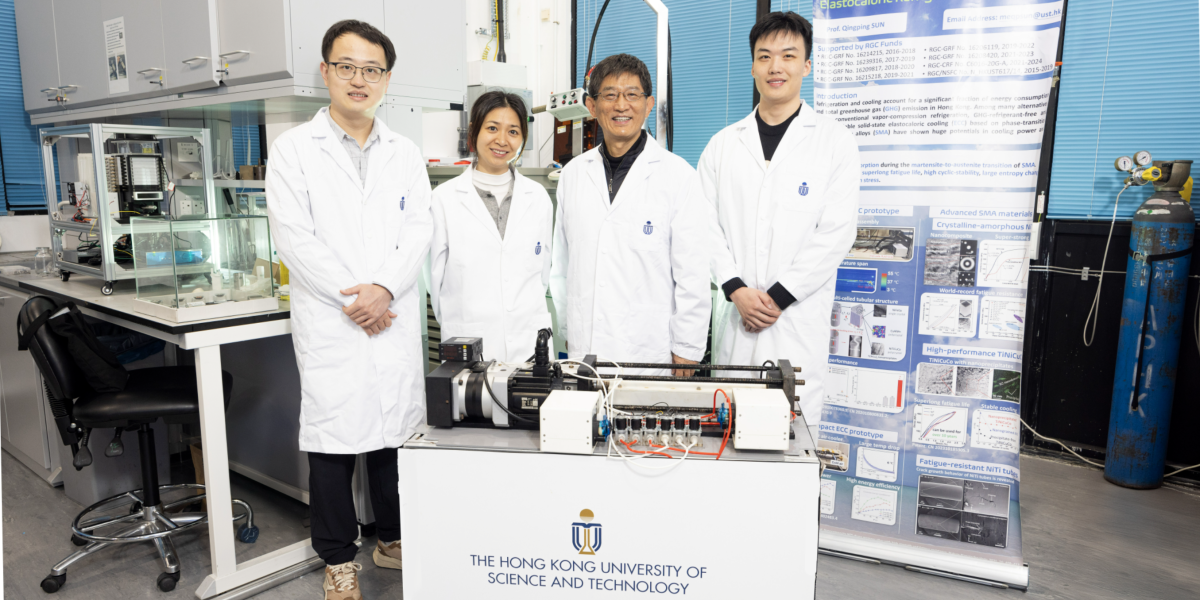
Researchers at the Hong Kong University of Science and Technology (HKUST) have developed the world's first kilowatt-scale elastocaloric cooling device, capable of stabilizing indoor temperatures at a comfortable 21-22°C within just 15 minutes, even when outdoor temperatures reach 30-31°C.
This innovation marks a significant step toward the commercial application of elastocaloric solid-state cooling technology, as detailed in the journal Nature.
With global warming increasing the demand for air conditioning, which already accounts for 20% of global electricity use, this device offers an eco-friendly alternative to traditional cooling methods that rely on refrigerants with high global warming potential. The HKUST team, led by Professors Sun Qingping and Yao Shuhuai, overcame previous limitations by designing a multi-cell architecture that enhances cooling power and efficiency.
The device uses graphene nanofluid, which conducts heat 50% better than distilled water, and achieved a specific cooling power of 12.3 W/g and total cooling power of 1,284 watts. In tests, it successfully cooled a 2.7 m³ model house in outdoor temperatures of 30-31°C within 15 minutes.
This breakthrough positions elastocaloric cooling technology as a viable solution for the future of air conditioning, promising lower energy costs and compact designs. The research has been supported by various funding bodies and has led to multiple international patent applications.
Related News:
China's latest AI agent Manus takes on complex tasks independently
HKU releases report on AI image generation: These Chinese models achieve top performance!




















Comment